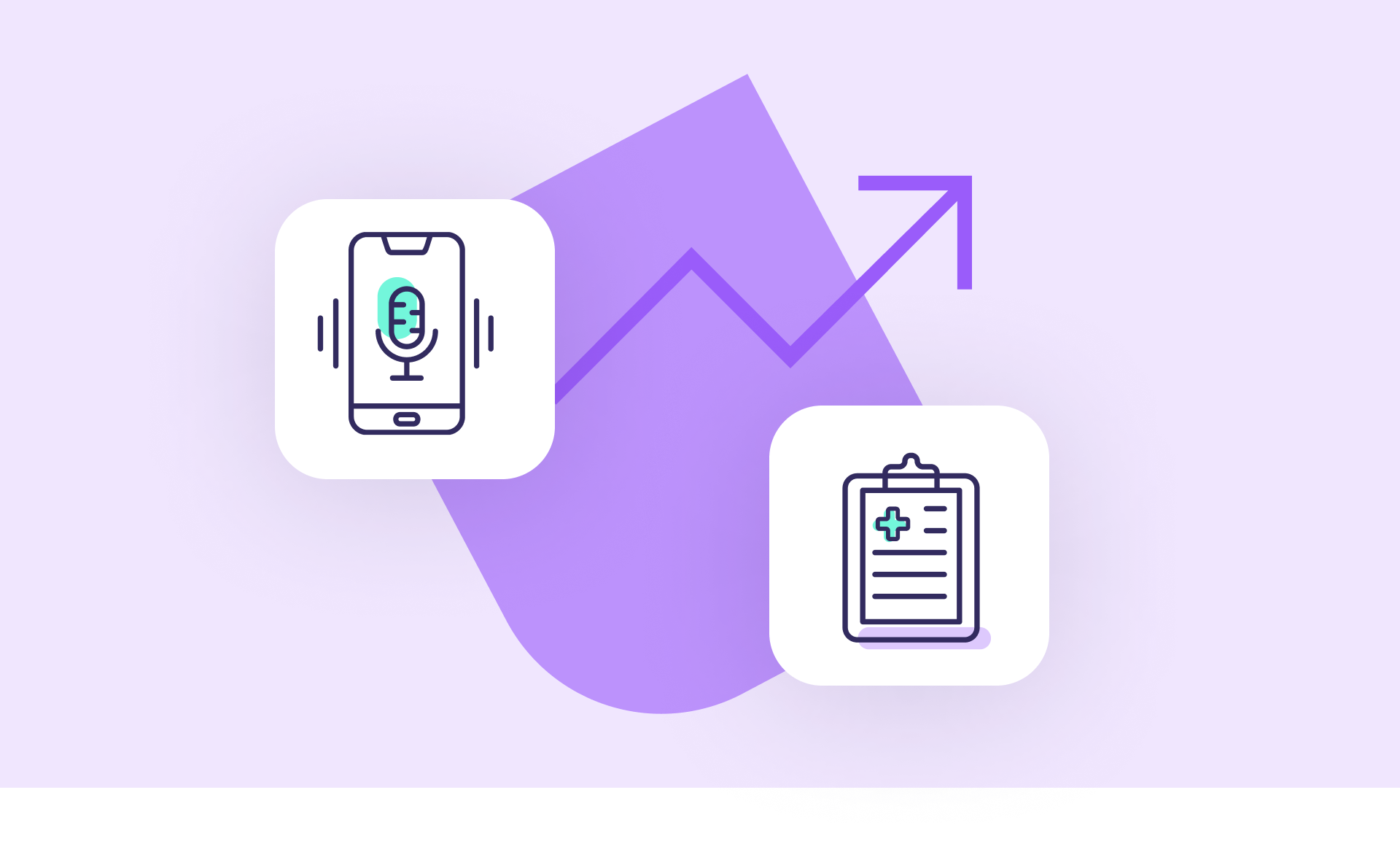We’ve all been told that AI will “save us time.” But for many physicians I talk to, the story hasn’t played out that way.
Yes, ambient scribes can take notes. But when the visit is over, clinicians still find themselves pulling in labs, meds, hospital notes, prior care, and everything not captured in the transcript. That gap between what’s said and what’s known is where so much clinical value gets lost.
That’s why a recent study from my colleagues at Navina resonated so deeply with me: when ambient documentation was paired with a patient’s historical data, documentation completeness more than doubled: from 40% to 83%.
A few years ago, ambient transcription alone felt like magic. Today, we know that the real magic isn’t just recording what happens in the room. It’s about understanding the full story behind it. And that’s exactly what a true clinical copilot is designed to do.
Below are four ways this shift shows up in practice. This is what becomes possible when ambient and deep clinical intelligence come together.
1. From faster notes to smarter care
Ambient tools use scribing to streamline documentation. But that doesn’t ensure better clinical decisions or outcomes, and it does little to reduce the after-hours effort of piecing together the chart. By integrating multi-source data and surfacing suspected conditions and actionable gaps at the point of care, Navina helps clinicians move from faster notes to smarter care.
2. From visit-only snapshots to true longitudinal context
Ambient tools excel at capturing what was said. But clinicians also need to see and understand what came before: comorbidities, labs, hospitalizations, claims, HIE data, and more.
Navina reconciles that longitudinal history into one clear, clinician-ready view, so nothing gets lost, buried, or overlooked. That comprehensive view is coupled with actionable insights (e.g., suspected conditions, missing labs, risk recapture opportunities), so clinicians can act in real time, and aren’t left stitching together the chart post-visit.
3. From one moment in time to connected workflows
Most AI tools focus on one part of care delivery, losing sight of the inefficiencies across the full care continuum. Navina’s clinical copilot supports the entire care flow.
- Pre-visit preparation
- Point of care guidance
- Real-time documentation support
- Post-visit quality, care management, and risk workflows
This connected view reduces burden on individuals and gives care teams a shared, actionable understanding of each patient.
4. From soft time savings to measurable VBC results
Saving time is a must. But in value-based care, accuracy, completeness, and insight are what truly drive performance.
The most common tools today help reduce note-taking time. Navina is purpose-built for value-based care: improving documentation completeness, quality performance, and accurate HCC capture in tandem with helping relieve administration. That combination means that usage translates directly into revenue and risk performance, rather than soft time savings alone. In risk-bearing organizations, this is the difference between “nice to have” and material financial impact.
The takeaway
Ambient transcription is an important step forward, but it’s only one part of the story.
Navina’s approach is different, uniting ambient documentation with longitudinal context and connecting stakeholders across the full journey. That translates directly to better clinical clarity, less administrative burden, and provable ROI in value-based care.
To review the full research, visit this page.









.png)













